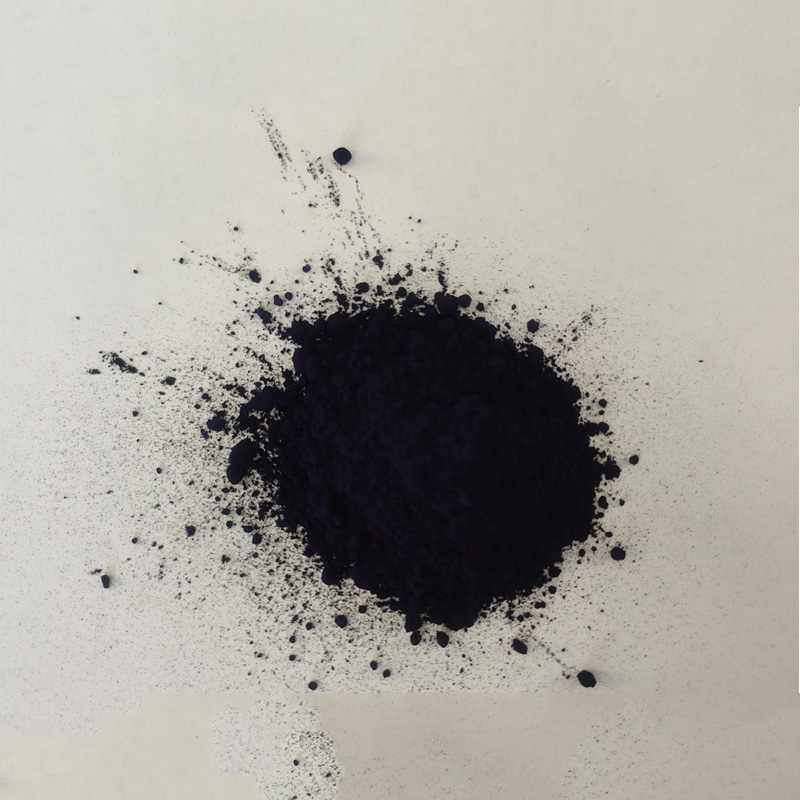china indigo fabric
The Charm of China Indigo Fabric A Timeless Tradition
Indigo fabric, often synonymous with rich cultural heritage, has been an integral part of Chinese textile history for centuries. This vibrant blue-dyed fabric, known for its unique patterns and deep hues, is more than just a material; it embodies the stories, traditions, and artistry of the communities that create it.
Historical Roots
The use of indigo dye can be traced back to ancient China, where it was first discovered to produce deep blue shades from the plant Indigofera. This dyeing technique spread throughout the country, becoming especially popular during the Ming and Qing dynasties. The craftsmanship involved in indigo dyeing is both complex and fascinating, involving multiple stages of preparation, dyeing, and drying, each contributing to the final exquisite product.
Indigo fabric was historically used not only for clothing but also for various household items such as curtains, tablecloths, and quilts. It was a symbol of wealth and was often worn by the upper classes; however, it eventually found its way into the everyday lives of the common people. The fabric's durability and vibrant color made it ideal for workwear, especially among farmers and laborers, who valued practicality and resilience in their garments.
Cultural Significance
In Chinese culture, the color blue holds significant symbolism. It is associated with tranquility, peace, and protection. Indigo fabric is often used in traditional clothing during festivals and important life events, such as weddings and birthdays. The deep blue hues are believed to bring good fortune and ward off evil spirits.
Moreover, each region in China has developed its own unique methods of dyeing and weaving indigo fabric, resulting in a rich tapestry of styles. For instance, the Miao ethnic group is renowned for its intricate and detailed patterns, which often represent elements of nature, mythology, and community life. These textile arts are not only a means of expression but also a way to pass down cultural values from one generation to the next.
china indigo fabric

The Art of Dyeing
The process of creating indigo fabric is an art form in itself. Artisans begin by fermenting the indigo leaves to create a viscous dye that can then be applied to the fabric. Traditionally, this is done through a process of resist dyeing, where specific areas of the fabric are bound or stitched to prevent the dye from soaking in, resulting in stunning patterns and designs.
The dyeing process can require several dips in the indigo vat to achieve the desired depth of color. Each layer adds complexity to the shade, resulting in an array of blues that can range from a soft sky blue to a deep midnight hue. The final product is often washed and sun-dried, after which artisans may add embellishments such as embroidery or appliqué, further enhancing its beauty.
A Modern Renaissance
In recent years, there has been a resurgence of interest in traditional crafts, including indigo fabric, both in China and globally. As consumers become more conscious of sustainable practices and the environmental impact of fast fashion, organic materials and traditional craftsmanship are gaining popularity. Many young artists and designers are incorporating indigo fabric into contemporary fashion, ensuring that this age-old technique continues to thrive.
Moreover, the demand for indigo fabric has fostered a revival in local weaving communities, helping to sustain traditional crafts and provide income for artisans. Workshops and collaborative projects are emerging, where skilled artisans share their techniques with younger generations, ensuring that the art of indigo dyeing remains alive and vibrant.
Conclusion
China's indigo fabric is a testament to a vast cultural heritage that marries artistry with practicality. Each piece of fabric tells a story, representing the history, values, and creativity of its makers. As we embrace sustainability and celebrate traditional crafts, indigo fabric stands out as a symbol of resilience and beauty, reminding us of the importance of preserving our cultural narratives in an ever-evolving world. Whether in a high-fashion boutique or a rural market, indigo fabric continues to enchant and inspire, a timeless reminder of China's rich textile tradition.
-
The Timeless Art of Denim Indigo Dye
NewsJul.01,2025
-
The Rise of Sulfur Dyed Denim
NewsJul.01,2025
-
The Rich Revival of the Best Indigo Dye
NewsJul.01,2025
-
The Enduring Strength of Sulphur Black
NewsJul.01,2025
-
The Ancient Art of Chinese Indigo Dye
NewsJul.01,2025
-
Industry Power of Indigo
NewsJul.01,2025
-
Black Sulfur is Leading the Next Wave
NewsJul.01,2025

Sulphur Black
1.Name: sulphur black; Sulfur Black; Sulphur Black 1;
2.Structure formula:
3.Molecule formula: C6H4N2O5
4.CAS No.: 1326-82-5
5.HS code: 32041911
6.Product specification:Appearance:black phosphorus flakes; black liquid

Bromo Indigo; Vat Bromo-Indigo; C.I.Vat Blue 5
1.Name: Bromo indigo; Vat bromo-indigo; C.I.Vat blue 5;
2.Structure formula:
3.Molecule formula: C16H6Br4N2O2
4.CAS No.: 2475-31-2
5.HS code: 3204151000 6.Major usage and instruction: Be mainly used to dye cotton fabrics.

Indigo Blue Vat Blue
1.Name: indigo blue,vat blue 1,
2.Structure formula:
3.Molecule formula: C16H10N2O2
4.. CAS No.: 482-89-3
5.Molecule weight: 262.62
6.HS code: 3204151000
7.Major usage and instruction: Be mainly used to dye cotton fabrics.

